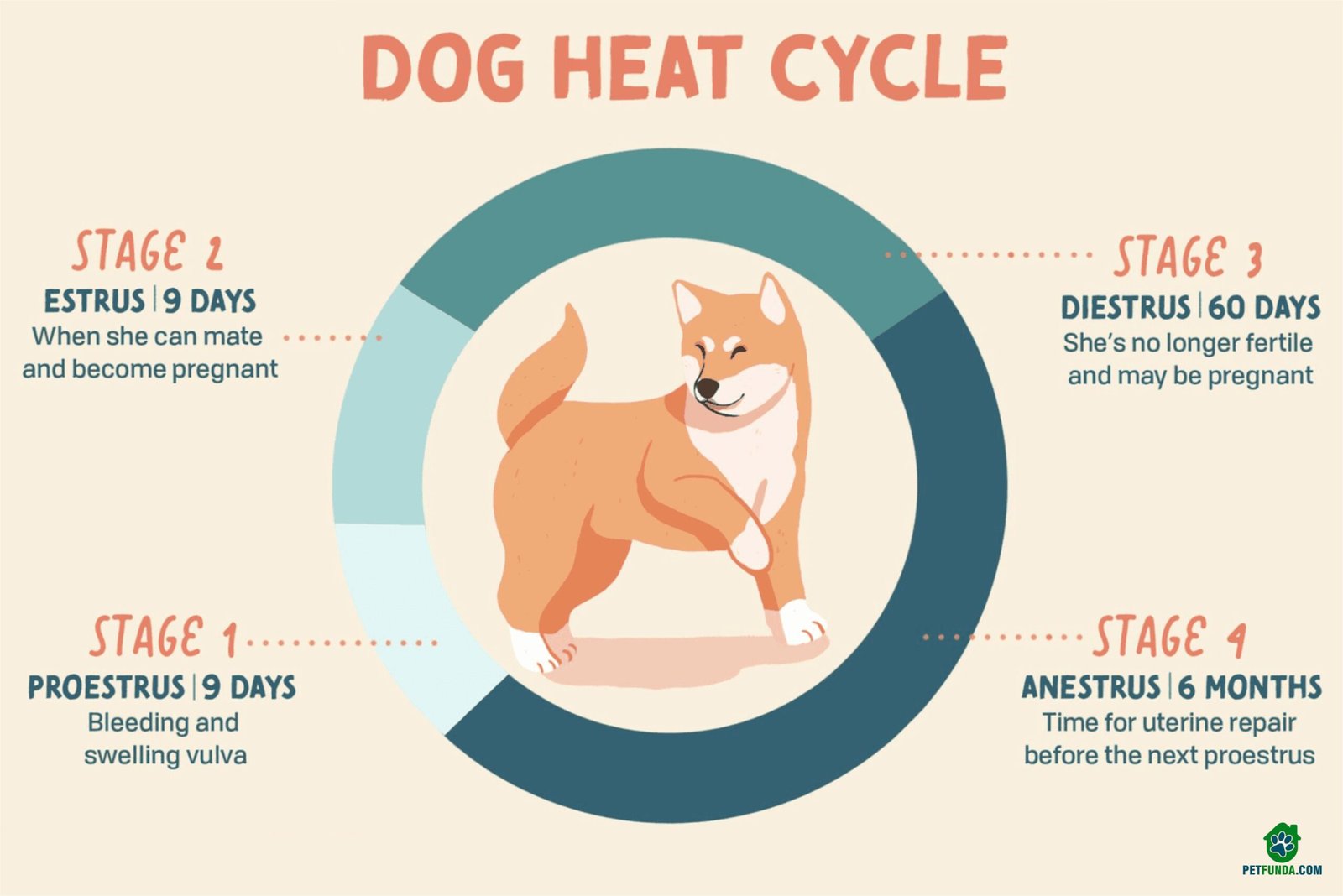Your cats are adorable little creatures. Despite their natural beauty, though, they need to be groomed for both aesthetic and health purposes. Proper grooming can not only help your cat looks its best but also help several health complications as well. That is why we have compiled various steps necessary for grooming your cat.
How to groom your cat?
Let’s get started:
1. Prepare the grooming area
The first and foremost step for grooming your cat is to find a quiet and comfortable space where you can groom it without distractions. You can place a towel or a non-slip mat on a stable surface. It will help prevent your cat from sliding or getting anxious. Further, you must also gather all the necessary grooming tools beforehand and any other grooming supplies you might need.
2. Brush your cat’s coat
Regular brushing is a crucial part of any good cat grooming strategy. It helps keep your cat’s coat clean, healthy, and free from tangles and mats. We recommend using a comb recommended by the veterinarian for your cat, given its fur length type and age. You must start by gently brushing your cat’s back, following the direction of hair growth. Use gentle strokes, or it may cause discomfort to your cat. Gradually comb through the different parts, including the sides, stomach, and tail. Pay particular attention to areas where mats are more likely to form, like behind the ears, under the armpits, and around the tail base.
3. Check and clean the ears
Cats’ ears need particular attention when grooming them as they tend to accumulate dirt, wax, and debris. To clean them, gently lift your cat’s ear flap and examine the inner ear for any redness, swelling, discharge, or foul odor. These are signs of infections or other serious health issues, and you must consult a veterinarian. Apart from that, you must do routine cleaning using a cat-specific ear-cleaning solution and a cotton ball or pad. You must avoid inserting anything into the ear canal. Instead, dampen the cotton ball with the solution and then gently wipe the visible part of the ear, thus removing any dirt or wax buildup.
4. Trim your cat’s nails
Trimming your cat’s nails is another essential cat grooming step. If your cat’s nails are overly long or sharp, it can lead to discomfort or accidental scratches. For this purpose, you must use cat nail clippers or nail trimmers designed especially for cats. You will have to hold your cat’s paw gently but firmly and carefully trim the tips of nails one by one gently and patiently. Remember that the pink area that contains blood vessels and must be avoided. If you’re unsure, it’s best to consult a veterinarian or a professional groomer for guidance on nail trimming.
5. Monitor dental health
Good oral hygiene is critical for your cat’s overall health. You must regularly check your cat’s teeth and gums and ensure there are no signs of dental problems like tartar buildup, redness, or swelling.
6. Bathing your cat
Bathing cats is generally not necessary as most cats are adept at self-grooming. However, there may be occasions where a bath becomes necessary, particularly if your cat gets into something dirty or has a skin condition. For this purpose, you can fill a shallow basin or sink with lukewarm water and use a cat-friendly shampoo specifically formulated for feline use. You must gently wet your cat’s coat and avoid the head area. Next, carefully lather the shampoo, massaging it into the fur. Further, you must rinse thoroughly to remove all traces of shampoo, ensuring no residue is left behind. End by towel-drying your cat or using a low heat setting on a pet-safe blow dryer (ensure that your cat tolerates it).
7. Cleaning the eyes
Cats may occasionally develop tear stains or discharge around their eyes, especially in some breeds with prominent facial features. Thus, it would be best if you cleaned their eyes regularly using a clean, damp cloth or a cat-safe eye wipe. It would be best to gently wipe away any debris or discharge from the corners of your cat’s eyes. Ensure that you won’t touch the eyeball itself. Consult a veterinarian if you notice any concerning signs like excessive tearing, redness, or swelling.
8. Maintaining paw hygiene
Cats’ paws, too, can accumulate dirt, litter, or even small debris. It would be best to regularly inspect your cat’s paws and gently clean them using a damp cloth or pet-safe wipes with particular attention to the spaces between the toes and pads. You must also trim the fur around the paw pads if you find it long or matted, as this can cause discomfort or matting.
9. Brushing teeth
You can also introduce your cat to a toothbrush and cat-friendly toothpaste specially formulated for feline use. Let it get accustomed to its gentleness by starting with finger brushing or using a toothbrush designed to fit over your fingers. Apply a small amount of toothpaste at first and brush in circular motions. Brushing your cat’s teeth daily (unless recommended otherwise by a veterinarian) will help prevent dental diseases and maintain oral health. Consult your veterinarian for guidance on more dental care techniques and products.
10. Regular flea and tick control
Fleas and ticks can cause severe discomfort and transmit diseases to your cat. Ensure your cat is protected from the same by using a veterinarian-recommended flea and tick preventive treatment. You must follow the instructions on the product carefully and administer it according to the recommended schedule. You must also regularly check your cat’s fur for any signs of fleas, ticks, or flea dirt. Small black specks resembling ground pepper are among such signs. If you notice any signs of infestation, consult your veterinarian for appropriate treatment options.
Frequently Asked Questions (F.A.Q.s)
There are several questions that the readers may have about various cat grooming techniques. The following are some of the most Frequently Asked Questions (F.A.Q.s):
Question: What are some tips I must know for grooming my cat?
Answer: The following are some other tips to know when grooming your cat:
- Remember, grooming should be a positive experience for you and your cat.
- Go at your cat’s pace, repeatedly use gentle and reassuring words, and reward them with treats or praise throughout the process.
- If your cat becomes stressed or agitated, consider taking a break and resuming grooming later when they are calmer.
- If you notice any signs of a serious health condition in cats, consult a veterinarian.
Question: What are some cat grooming accessories I should have?
Answer: Some cat grooming accessories (specifically made for cats), including the following:
- Comb
- Toothbrush
- Toothpaste
- Nail clipper or timer
- Shampoo
- Blow-dryer
- Treats (as positive reinforcement)
If the reader has any other questions, they should feel free to ask them here.
The Bottom Line
One can easily wrap up the above discussion by concluding that these cat grooming tips will help take care of your cat much better.




